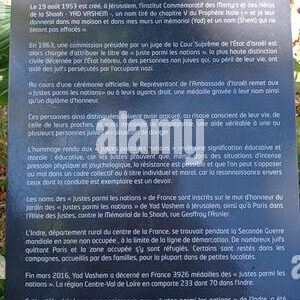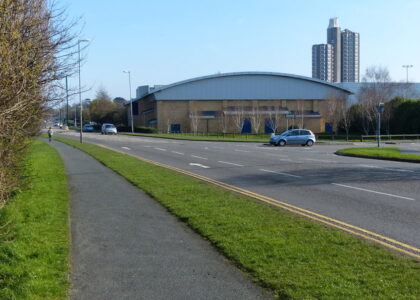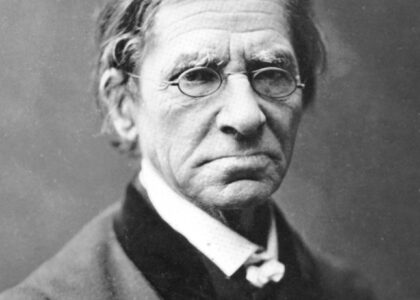Welcome to the Big Dam Bridge, a fascinating landmark that connects the cities of Little Rock and North Little Rock in Arkansas. This impressive structure is not just a bridge but a symbol of innovation and community connection. Opened in 2006, the Big Dam Bridge is the longest pedestrian and bicycle bridge in North America that has never been used by motor vehicles. Stretching 4,226 feet, it spans the Arkansas River, providing stunning views and serving as a vital part of the Arkansas River Trail.
The history of the Big Dam Bridge is intertwined with the development of the region’s infrastructure. The bridge’s name, while humorous, is derived from its location atop Murray Lock and Dam, a key feature of the McClellan-Kerr Arkansas River Navigation System. This system, completed in 1971, transformed the Arkansas River into a major commercial waterway, boosting the local economy and facilitating trade.
The vision for the Big Dam Bridge was spearheaded by local leaders who recognized the potential for a dedicated pedestrian and cycling route to connect communities and promote outdoor recreation. Among the notable figures associated with this vision were Pat Hayes and Buddy Villines, whose efforts in enhancing the recreational landscape of Pulaski County are still celebrated today.
In recent years, the bridge has become a hub for community events and activities, including the popular Big Dam Bridge 100, an annual cycling tour that attracts participants from across the nation. The bridge’s importance extends beyond recreation; it serves as a testament to the collaborative spirit of the region, exemplified by the recent development of the North Plaza and Judy Lansky Pavilion, which enhances visitor experience with amenities like benches, a bicycle repair station, and a drinking fountain.
As you walk or ride across the Big Dam Bridge, imagine the countless stories of locals and visitors alike who have marveled at its engineering, enjoyed its scenic views, and participated in the vibrant events it hosts. This bridge is more than just a crossing; it’s a celebration of connectivity, community, and the natural beauty of Arkansas.





